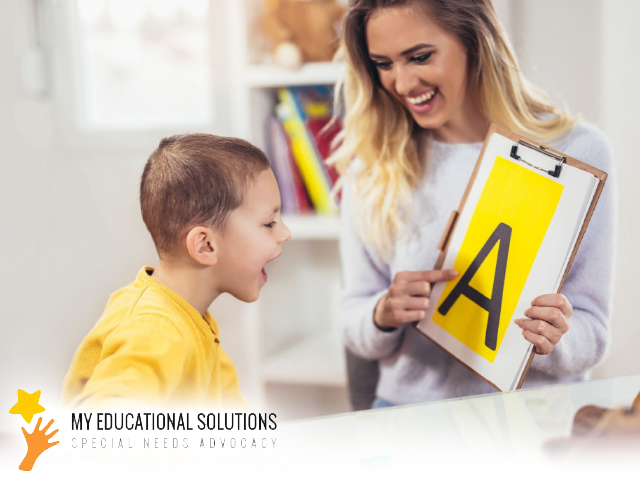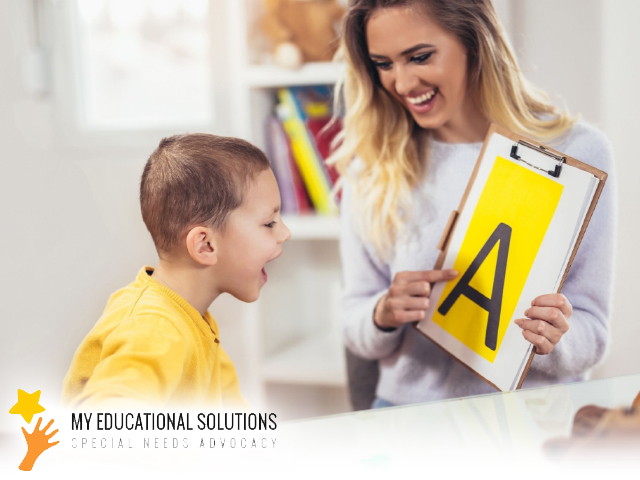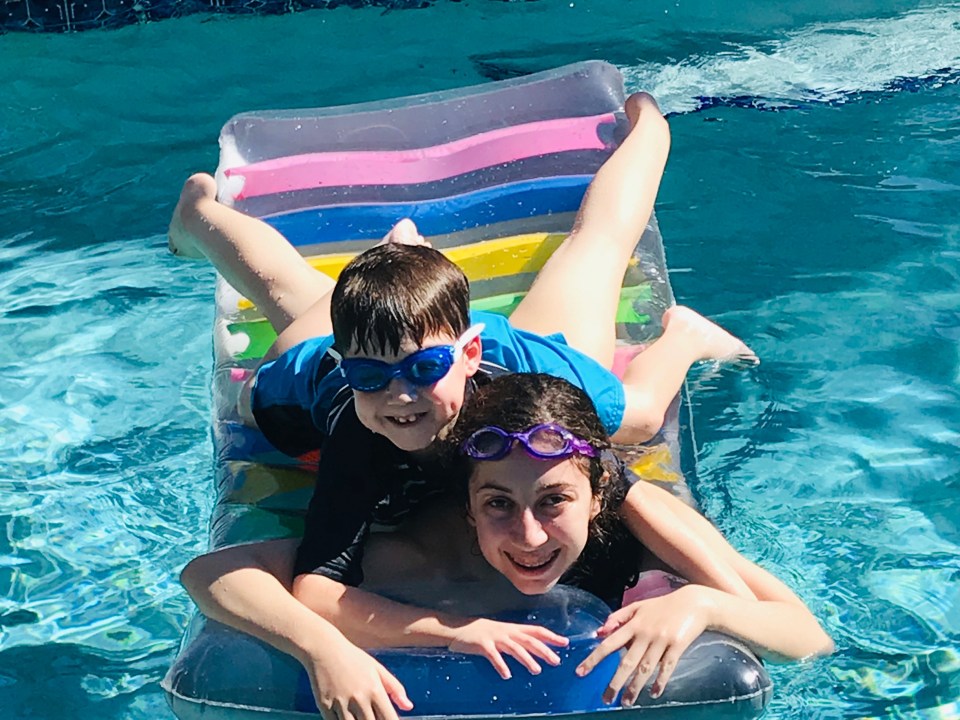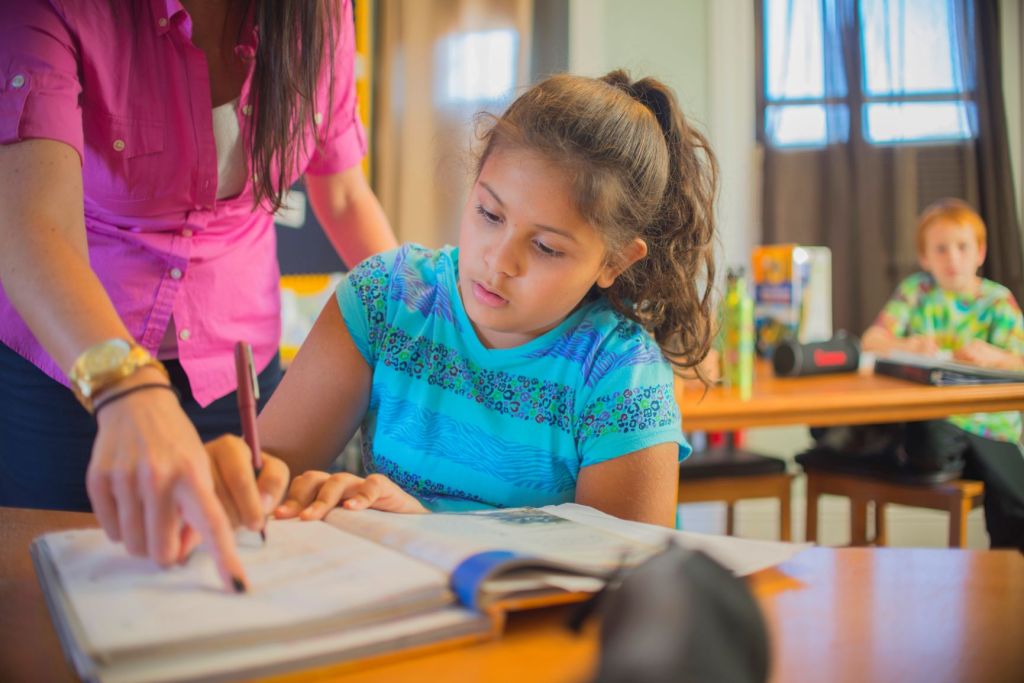A Parents Guide
By, Allison Cohen- Guest Blogger & My Educational Solutions Parent
If you are anything like me, the thought of school being closed, at least through mid-April, is overwhelming. There seem to be almost more hours in the day when we feel like we need to fill them. How do we keep our kids from getting too far off track? Whether especially emotional, special-need or neurotypical, children (and parents) of all ages will have some big feelings through this pandemic shut-down.
Some days will be better than others. The best we can do is to provide a calm example for our kids to assure them they are safe and secure. I am hopeful that some extra planning ahead will help to give both parents and their kids a common direction and sense of purpose, which are hard to create even when life is “normal” so I realize this is no easy task. In this article, I will share some ideas I will use in my own house, and I hope they are helpful to you too.
My most important strategy that will guide me through this unstructured time is to PROVIDE STRUCTURE. We will not be picking up where the teachers left off, but we can create some expectations for our kids to prevent them from sitting in front of the tv all day in their pajamas, at least on weekdays. Having a visual schedule to follow will help ease the transition back into school when the time comes, and it will also help us, as parents, to not get overwhelmed at the thought of weeks or months at home.
I have discovered a wealth of resources on the internet to help guide us in creating schedules and managing emotions for our kids. I have often heard of khanacademy.org, but have never checked it out until now. It is very academic, and provides free access to courses from grade school through high school, and beyond. I may incorporate a few lessons, but this will not be my focus. (If your child is hungry for academic stimulation, it might be just right.) My main reason for mentioning this website, is that they have created a sample schedule for all grade levels of school, from pre-school through senior year of high school, specifically designed for parents during this extended time at home. I plan to use this as a template and fill it in with activities that are not overly demanding, but challenging or interesting enough to be engaging.
Another resource currently providing free access to material is scholastic.com. I would call these more “human interest” stories and I think these will be fun to read. Again, subject matter is provided for a variety of grade levels.
There are several websites and institutions that offer “virtual field trips” and I am excited to add those to our schedule once or twice a week. This is something that could appeal to multiple ages, which is great for me, since I have a daughter age 16, and a son, age 11. Having common ground for them to connect will only make the hours at home more pleasant. Look for theeducatorsspinonit.com for 30 options for these virtual trips. They include everything from museums, to national landmarks, and everything in between, all over the world.
We have been making use of many podcasts recently, and this will be another area I will expand. They are an excellent free resource, and you can find them on almost every subject. Our favorites include Big Life Kids, Brains On!, WOW in the World, Dream Big and many more. At night, we like to listen to Peace Out, Smiling Mind, or Honeybee Kids. These guide you through deep breathing and other mindful calming exercises. Do the exercises together and they will benefit you both!
One visit to weareteachers.com will keep you busy all day! They have suggestions for podcasts, TED talks, free printables, brain breaks, virtual field trips and so much more!
Other sites you may want to check out that include free material, free 30 day trials, and/or paid memberships include the following:
See ixl.com which is also available as an app, K-12 content
Go to funbrain.com and arcademics.com for arcade style educational games, K-6
The site storylineonline.net features well known actors narrating books and if you have a kid who loves space, see storytimefromspace.com where real astronauts read stories about space actually from space!!
Look at reading.ecb.org which will bring you to a site called “Into the Book” for reading comprehension activities in both English and Spanish
Younger kids may like adaptedmind.com which is a cute math and reading activity site with a monster theme, K-8
We always have our old stand-by google.com and pinterest.com, where you can search for any topic of interest and find great new ideas. You can also do more general searches like “educational netflix shows for kids” or “virtual field trip” and instantly have a list of options at your fingertips. Pinterest will be a go-to source for other creative artsy type activities as well.
Aside from needing to keep busy, our kids will surely have some very real worries about the Corona Virus. Children’s reactions will vary, so there is certainly no “one size fits all” advice in this situation. I have found nctsn.org (National Child Traumatic Stress Network) to be very informative. One especially helpful feature is a chart of coping strategies by age group. It also includes links to other helpful sites, specifically geared toward coping during this crisis. Additionally, a google.com search of “kid friendly explanation of corona virus” will bring up many options that may help your individual child understand at their level.
Some of our kids will have reactions in the form of BEHAVIOR, of course. Providing structure will help, but you may need more behavior management type activities also. Over the years, we have worked with various behavior therapists and here are some of our more successful strategies.
Incentives – token boards, first/then visuals, checklists, rewards, etc. For example, first we will watch this video, then you can have some free time. Or, have 5 spaces on a token board (which doesn’t have to be fancy, can be on paper) and take a free time break after all of those 5 tokens are earned for completing activities.
At our house, I usually put a visual schedule on our big whiteboard, with a space to check off each activity. Depending on what motivates your child, they can earn an items for each check or mark on the board. My son feels a sense of accomplishment when he marks the board for each completed item and sees his progress. He earns a specified amount of ipad time for each check (homework assignment or activity) completed, but the reward could also be watching an episode of a favorite show, or even a few minutes added to bedtime for each group of checks if you have bedtime struggles. It’s all about motivation!
Timers – if you have a visual timer, that may help add an ending point to an activity or free time break, so it is clear how much time they have left. Give warnings at 5, 3 and 1 minute intervals to help smooth the transition to another activity. There are many visual timers available as apps on iTunes. Or, if your child is like mine, they have certain favorite topics they like to discuss repeatedly. This will need to be managed carefully while they are off from school for so long. The timer can be used to set a limit for this and help organize their minds for other activities.
Movement – it is well documented that movement can be a tremendous help in managing behavior. My son’s very favorite website is GoNoodle.com. I encourage you to check it out if your child is in elementary school or even preschool. It includes a lot of learning activities well-disguised as fun and mindfulness activities to calm our senses. It also includes a collection of silly characters who “level up” or change features for each group of activities completed.
If your child is a worrier, this may also lead to some undesirable behaviors. If possible, I suggest you designate certain segments of the day to discuss worries. You can have your child (or you) write down worries as they come up, and put them into a box. At “worry time” you can get the notes out and discuss them. I found this thing on amazon.com called a worry eater. It is basically a plush doll with a zipper mouth to “eat” all of your worries. They come in all shapes, sizes and colors. Ours is a pirate. Often, just the act of writing down the worry is helpful in itself and we don’t need to discuss it again.
One thing I have learned for sure through our journey is that change creates elevated behaviors and push back. It may get worse before it gets better. The more structure you can provide, the less insecure your child may feel. It will take time to adjust and settle into a new routine as this is a major upheaval for us all. When you implement a schedule of activities, start with all preferred activities to get them into the habit of following the schedule. Gradually, you can add more expectations, learning games, and academics if you wish.
I have no doubt that some days I will be at my wit’s end from being home bound for so long. I realize that the advice I have shared is all “easier said than done” and it is for me too. Our schedule might be tossed now and then in favor of stress eating and binge watching. Hopefully these days will be occasional, and we can have at least a few hours of focus each day. We are all in this together and I hope some of my ideas will help you and your family. Thank you, Krista, for the opportunity to share some thoughts with our parent community. I am sure everyone reading this shares my appreciation for you and all that you do for our children.








